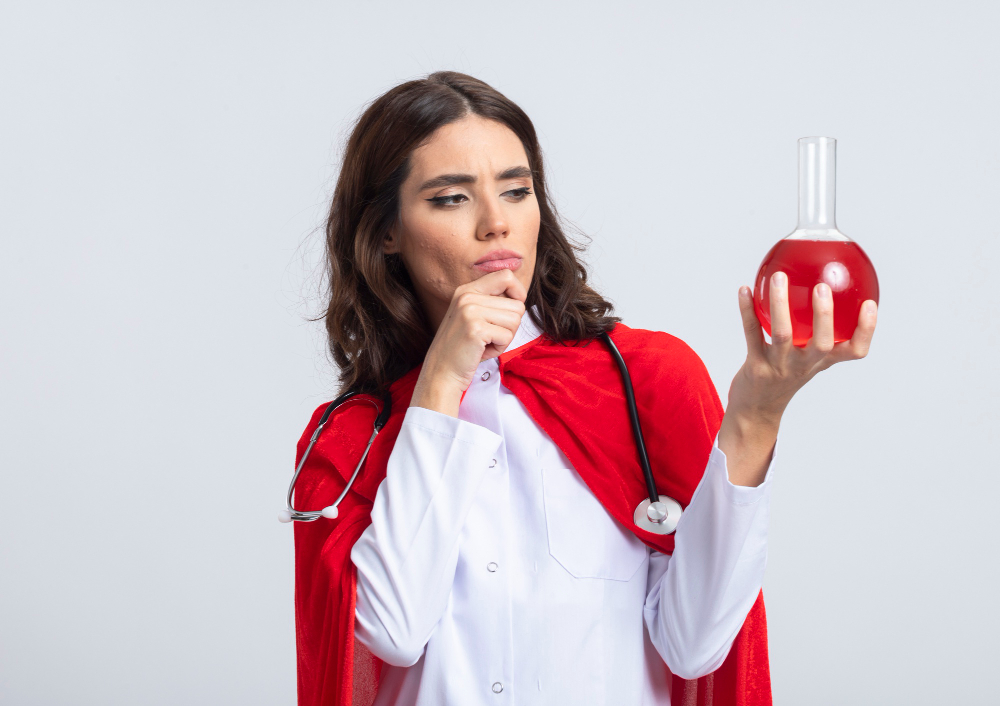Distilled water, often hailed for its purity, is a staple in various industries and households worldwide. Its pristine quality makes it an ideal choice for everything from scientific experiments to skincare routines. But how exactly is distilled water made, and can you replicate the process at home? Let’s dive into the fascinating world of distilled water production.
The Distillation Process Unraveled
At its core, the distillation process is a simple yet effective method for purifying water. It begins with heating water to its boiling point, causing it to vaporize into steam. As the steam rises, it leaves behind impurities, such as minerals, chemicals, and contaminants. The steam is then collected and cooled, returning it to its liquid state as distilled water. This process removes most impurities, resulting in water of exceptional purity.
Crafting Your Distillation Setup
To embark on your distilled water-making journey, you’ll need the right tools and equipment. A distillation apparatus is a must-have, ranging from basic countertop models to more sophisticated setups. Additionally, you’ll require a heat source, such as a stove or electric burner, to bring the water to a boil. Ensure that your apparatus is clean and properly assembled before starting the distillation process.
Tips for a Smooth Distillation Experience
While making distilled water at home is relatively straightforward, it’s crucial to prioritize safety. Always handle hot equipment and boiling water with care to prevent accidents and injuries. Use high-quality, food-grade materials for your distillation setup to avoid contamination. Regularly clean and sanitize all components before each use to maintain the purity of your distilled water.
Selecting the Right Water Source
The quality of the water used in the distillation process significantly impacts the purity of the final product. While tap water is a common choice, it’s essential to consider its initial quality. If your tap water contains high levels of contaminants, the distilled water may still retain some impurities. Alternatively, opting for purified or filtered water as the starting material can yield even cleaner results.
The Versatility of Distilled Water
Distilled water’s purity makes it incredibly versatile, with applications extending far beyond drinking. In medical and laboratory settings, it’s utilized for procedures where contamination must be minimized, such as cleaning medical instruments and conducting experiments. Household appliances like steam irons and humidifiers benefit from distilled water, as it prevents mineral buildup and prolongs their lifespan. Additionally, some incorporate distilled water into skincare routines for its gentle and hydrating properties.
Embracing the Pure Potential of Distilled Water
In conclusion, distilled water offers a gateway to unparalleled purity and versatility. By understanding the distillation process and adhering to proper techniques, you can create high-quality distilled water at home. Whether you seek to enhance the taste of your drinking water, optimize household appliances, or elevate your skincare regimen, distilled water stands as a reliable solution. So, why settle for anything less than pure? Embrace the clarity and endless possibilities of distilled water today!
Pure Elixir or Aquatic Alchemy?
In the realm of liquid purification, distilled water reigns supreme. With its origins rooted in the art of distillation, this elixir of purity has captured the fascination of scientists, enthusiasts, and everyday consumers alike. As you embark on your journey to produce distilled water, remember the importance of safety, quality, and understanding the process. With these elements in harmony, you’ll unlock the true essence of distilled water—a testament to the power of human ingenuity and the wonders of nature.






Leave a Reply